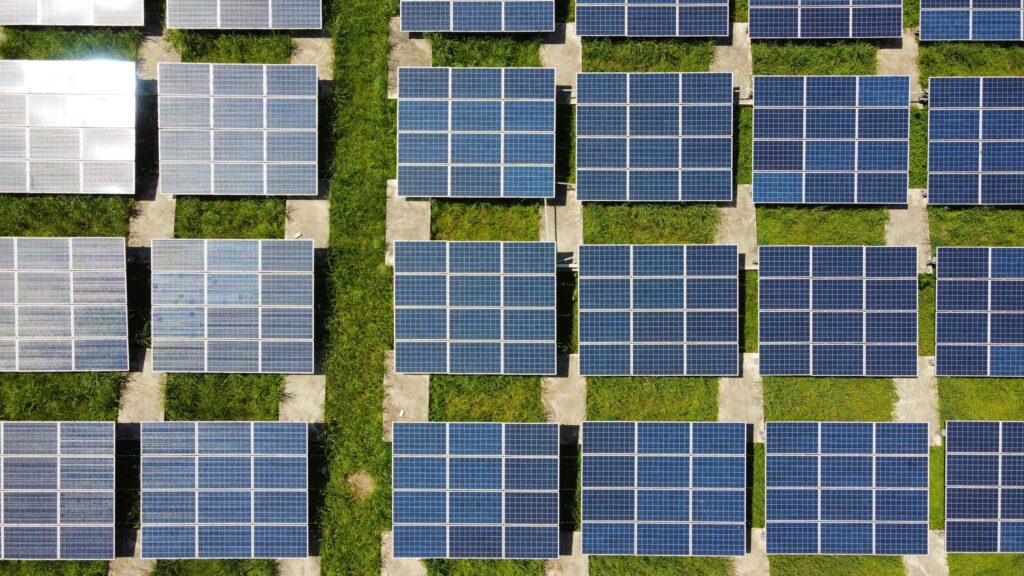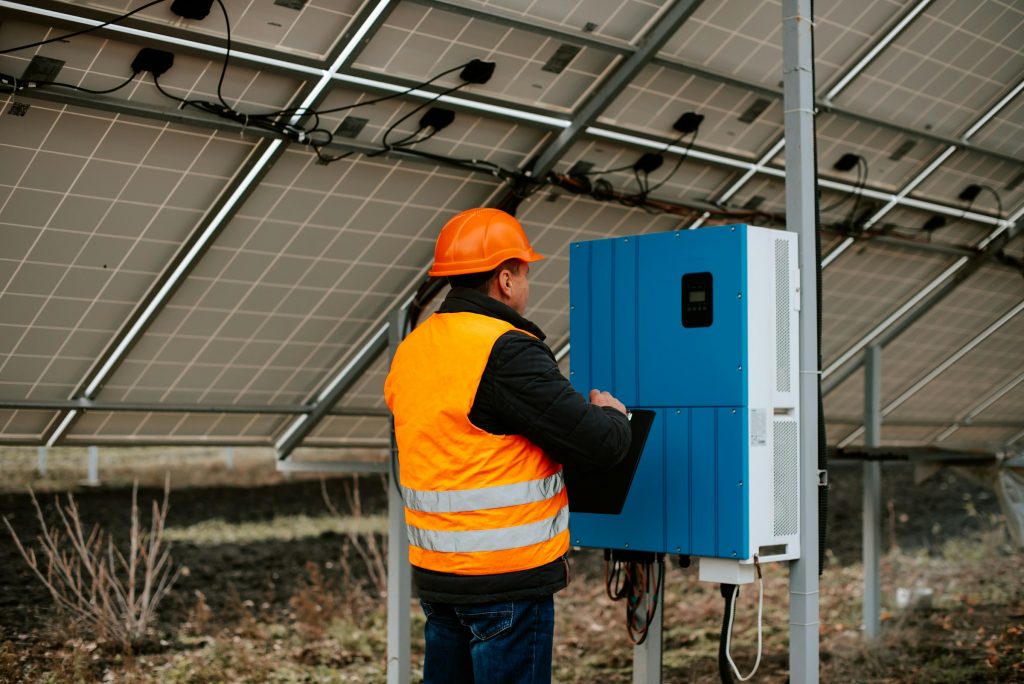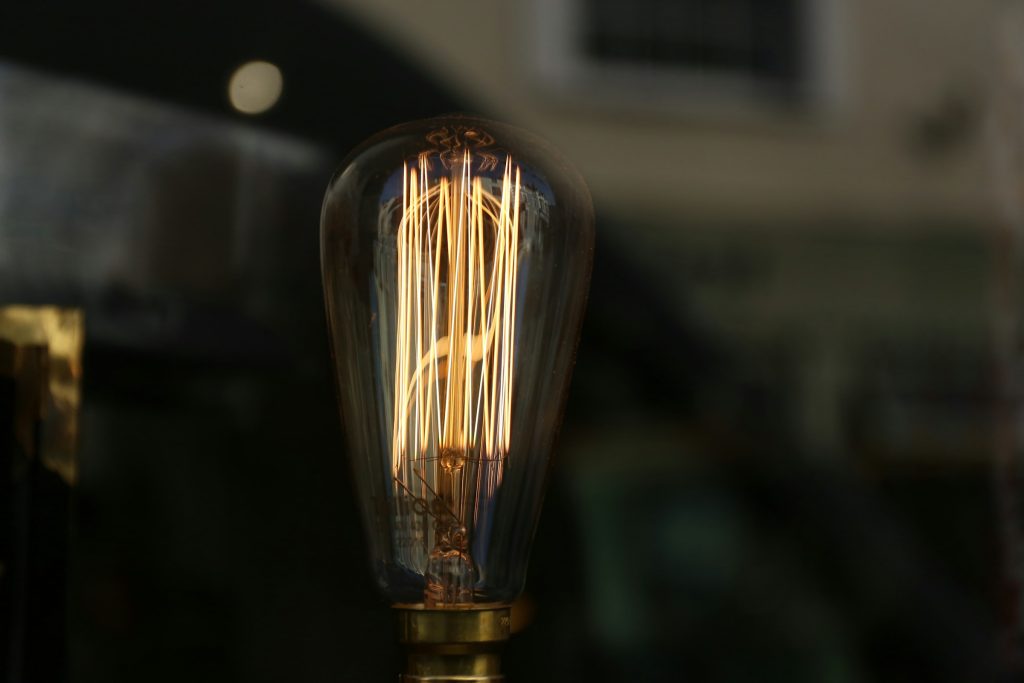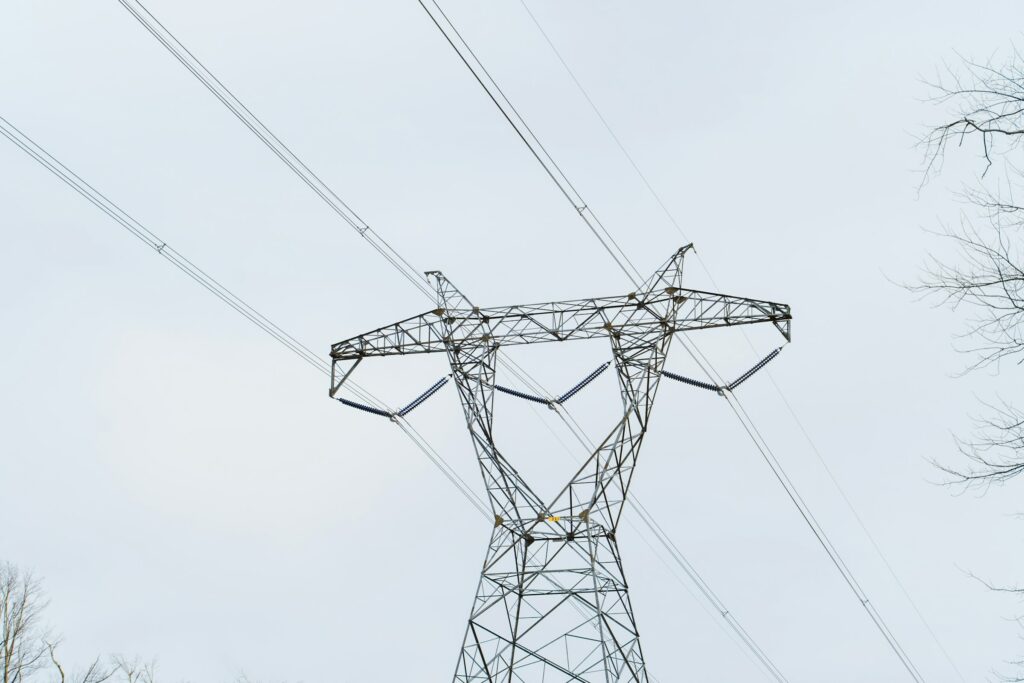Welcome to the era of sustainable energy! It’s an exciting time for the electrical industry as we propel towards a greener, cleaner energy future. One of the undeniable harbingers of this future is solar power. The mere fact that solar power leverages the perennial abundance of the sun’s energy is as thrilling as it is inspiring.
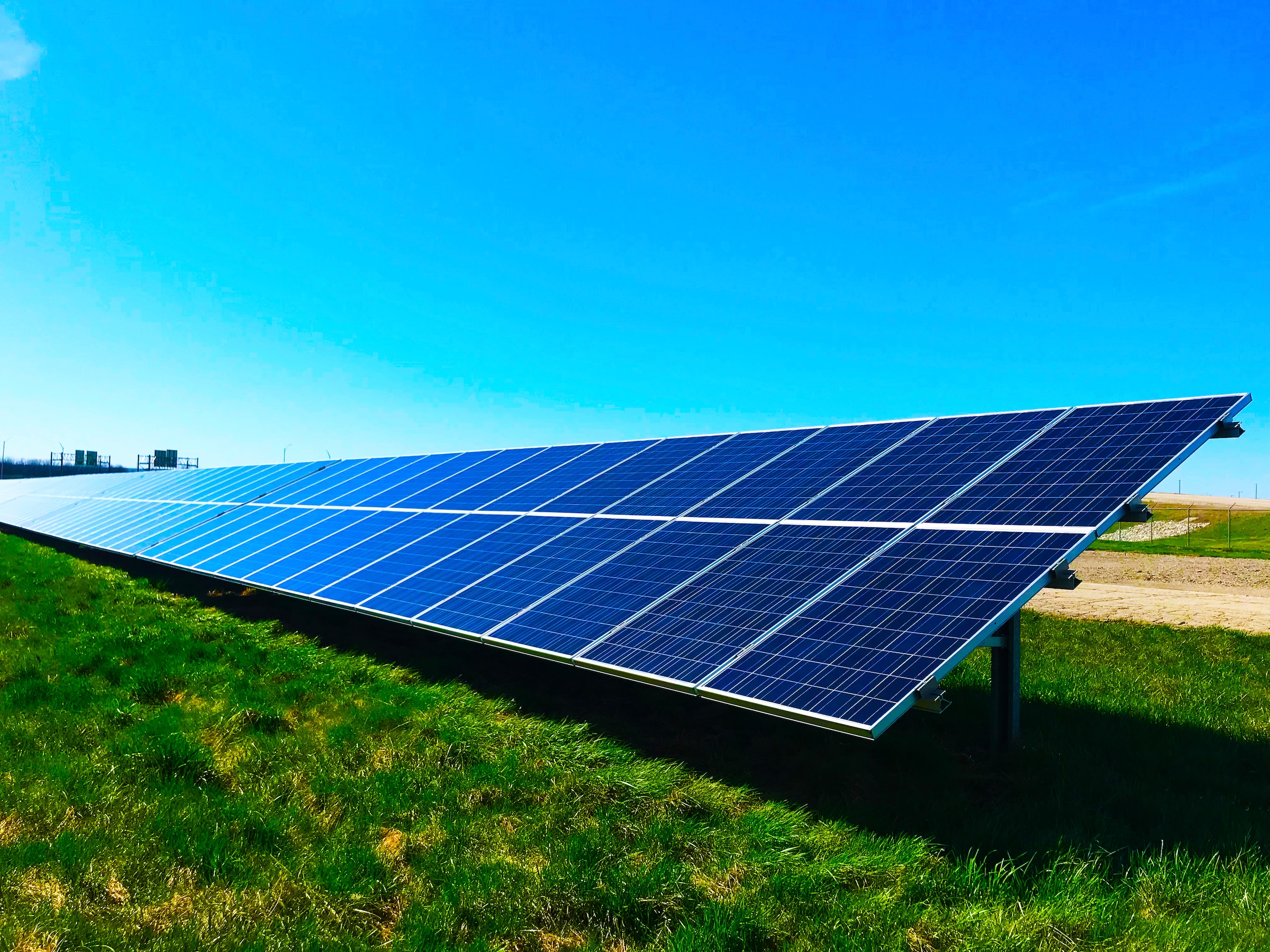
Harnessing the Sun: A Simple Understanding of How Solar Power Works
Before diving into the transformation ride that solar energy drives, it’s only fair that we understand the basics of its operation. A typical photovoltaic (PV) solar panel comprises cells that absorb sunlight. These cells contain a semiconductor which, upon absorbing light, triggers the flow of electrons, creating electricity. The electricity is then converted into a usable form to power our homes, businesses and cities.
Power Industry Today: Understanding the Current State of the Electrical Industry
We live in a world that critically depends on electricity. Therefore, any shift in the power industry considerably resonates across all facets of our lives. Our electrical systems mostly rely on non-renewable energy sources, such as coal and natural gas. But the boons of these energy sources come with severe environmental burdens.
Solar Power’s Ripple Effect on the Electrical Industry
Highlighting the Shift: From Centralized to Decentralized Power Systems
Our power distribution is mostly centralized, but with the rise of solar power, a decentralized system is emerging. This system empowers individuals, communities and businesses to produce their own power, reducing the stress on power grids and enabling greater energy security.
Job Market Revolution: The Rise of Green Jobs
Adopting solar power also enhances job opportunities in the renewable sector. Solar installation, manufacturing and maintenance are just a few of the roles seeing a significant boost in demand.
Government’s Role: The Emergence of Pro-Solar Policies
Understanding the environmental and economic benefits, governments worldwide are promoting solar power. Policies encouraging solar adoption, from tax credits to feed-in tariffs, are becoming increasingly prevalent.
Greening the Globe: The Environmental Advantages
A shift towards solar power helps in reducing carbon emissions significantly. This green technology produces clean, renewable energy, decreasing reliance on fossil fuels and curbing the power sector’s carbon footprint.
Cost Implications of Transitioning to Solar Power
While the initial outlay of a solar energy system can be significant, it’s key to look at it as a long-term investment. Cost of solar panels and installation has seen a downward trend, becoming increasingly affordable. Moreover, the lifespan of a solar panel is around 25-30 years, effectively paying for itself over time with the savings incurred from the electricity bill.
Governments also offer taxation incentives and subsidies that support the adoption of solar power. With future innovations promising cheaper and more efficient solar components, the prospect of solar power becomes even more economically appealing.
Where We Are Heading: The Promising Future of Solar Power in the Energy Sector
The future of the power sector seems to be veering towards sustainable energy sources, with solar power at the forefront. As technological innovations make solar power cheaper and more efficient, it is projected to be a major contributor to the global power supply.
How does Solar Power compare with other Renewable Energy Sources regarding Environmental Impact?
Solar power is among the cleanest forms of energy in terms of greenhouse gas emissions and other pollutants. Unlike bioenergy, it does not involve any combustion and thus produces no direct emissions once the panels are operational.
However, like all energy sources, there are some environmental impacts during the manufacture and disposal of solar panels. But with recycling strategies advancing and companies seeking to reduce their carbon footprint in manufacturing, the future of solar power promises to be even greener.
Frequently Asked Questions:
Does solar power work in cloudy or rainy conditions?
Yes, solar panels can still produce electricity in cloudy or rainy weather, albeit at a lower efficiency. Solar panels rely on visible light, not heat, so a cloudy or rainy day can still provide enough light to generate power.
In fact, regions with overcast weather, such as Germany and the UK, have successfully adopted solar power. Plus, energy storage solutions like batteries enable solar energy procurement during daylight hours for usage in darker times or poor weather.
Do solar panels require a lot of maintenance?
Solar panels are quite low-maintenance compared to other forms of power generation. They do not have moving parts, making them less prone to damage. Regular cleaning to remove dust or debris will ensure maximum efficiency, but in regions with regular rainfall, nature cleans you.
Based on the current state of technology, how efficient is a typical solar panel?
The efficiency of a solar panel refers to its ability to convert sunlight into usable electricity. On average, typical solar panel efficiencies range between 15-20%. While it seems small compared to conventional energy sources, bear in mind that solar power exploits a resource that is abundant and infinitely renewable – Moreover, technological advancements continue to boost efficiency rates. For instance, new-generation solar panels, like those using photovoltaic cells, have surpassed 40% efficiency.
Conclusion: Solar Power, the Bright and Inevitable Solution to Future Power Demands
In conclusion, the ripple effect of solar power in reshaping the energy industry is unquestionable. As we strive to meet the power demands of the future and simultaneously tackle climate change, solar power shines as the bright and inevitable solution.
